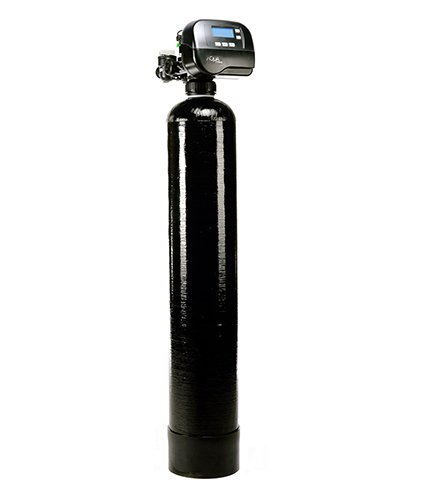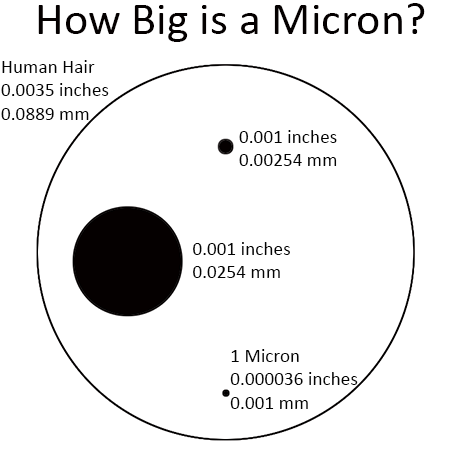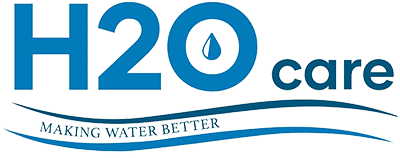Carbon filtration
Carbon Filtration is a method that uses carbon to remove chemicals (such as chlorine, volatile organics and others) and some bad tastes and odors from water. Activated carbon is usually made of coconut shells, wood or coal and sold as granular activated carbon or carbon blocks. Activated carbon is processed at very high temperatures to create small, low-volume pores that greatly increase the surface area and contact time available for adsorption of certain contaminants from the water. Catalytic carbon is a specialized carbon media effective in removing Chloramines from the water, a compound of chlorine and ammonia. This is increasingly being used in place of chlorine as secondary disinfection in public water supplies due to problematic by-products formed when chlorine meets organic material in the water. These by-products are known as Trihalomethanes and have been linked to cancer and other health related problems.
CARTRIDGE STYLE

How does it work?
With the carbon filtration process, water passes through the carbon, which is porous, trapping certain particles that are attracted to the porous material in a process known as adsorption. At some point, adsorption capacity is exceeded and the filter must be changed in order to be effective.
Coal is the most common element used to produce carbon filters, but manufacturers will often enhance carbon filters by using other elements and blends of materials such as coconut shell and other materials. These materials are “baked” at extremely high temperatures creating very large numbers of pores within the materials, giving them large capacities for the adsorption process. This “baking” is the “activation” process that makes these materials so effective at removing certain impurities from the water.
Carbon filters vary in size, design, function, efficiency and life cycle. Different activated carbon filters are designed to allow a certain flow rate of water through the filtering process as well. Your water treatment professional can determine what best fits your particular situation.
What does it remove?
According to EPA (the Environmental Protection Agency in the United States) Activated Carbon is the only filter recommended to remove all 32 identified organic contaminants including Trihalomethanes (THMs – by-products from chlorine). The same is true for all 14 listed pesticides and 12 herbicides. Carbon filtration is also effective at removing a variety of odors and bad tastes from the water. It does not, however, remove everything from the water, including “dissolved solids” such as iron, copper, sodium, lead (unless the filter is specifically designed for lead, which some are) and others. Your water test and analysis will determine the best overall filtration approach and which technologies to use.

WHOLE HOUSE ACTIVATED CARBON WATER FILTRATION
Carbon Filtration Micron Rating & Effectiveness
Carbon filter effectiveness is measured in terms of the size of particles they can attract.
I.e. 1 micron, 5 micron, 10 micron, etc.
A water treatment professional can determine the most appropriate micron rating for your application.

MICRON RATINGS
Filter Rating
There are typically two ratings to determine the effectiveness of carbon filters. They are as follows:
Nominal Filter rating – a filter that will remove 85% of the particles of a specified size (in microns) and larger. A filter with a nominal rating at 1 micron will remove 85% of particles that are 1 micron or larger.
Absolute Filter rating – a filter that will remove 99.9% of particles of a specified size (in microns) and larger. An absolute rated filter at 1 micron will remove virtually all particles 1 micron or larger.
Carbon filtration can help remove harmful chemicals from your water and H2O Care can install a whole house water filter, an under-counter water filter or any other solution that will solve your specific situation. Give us a call at (800) 539-1100 or contact us here.
